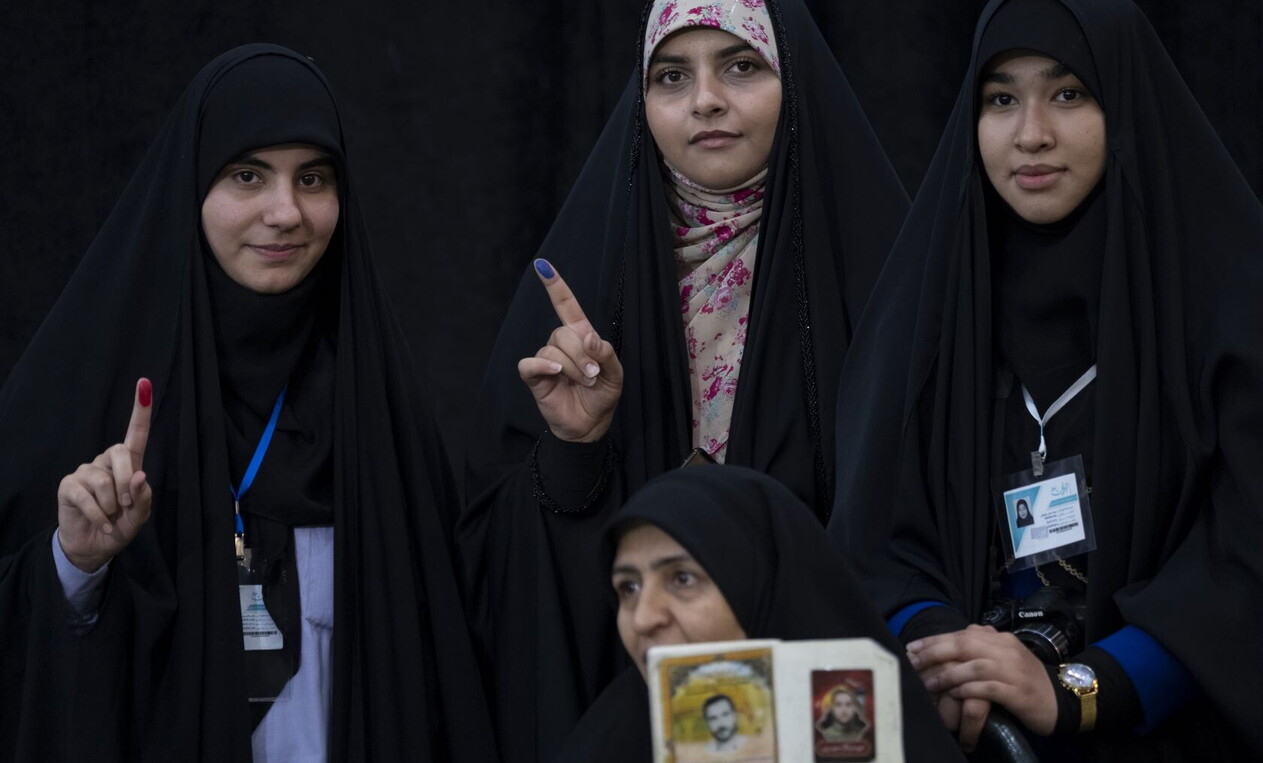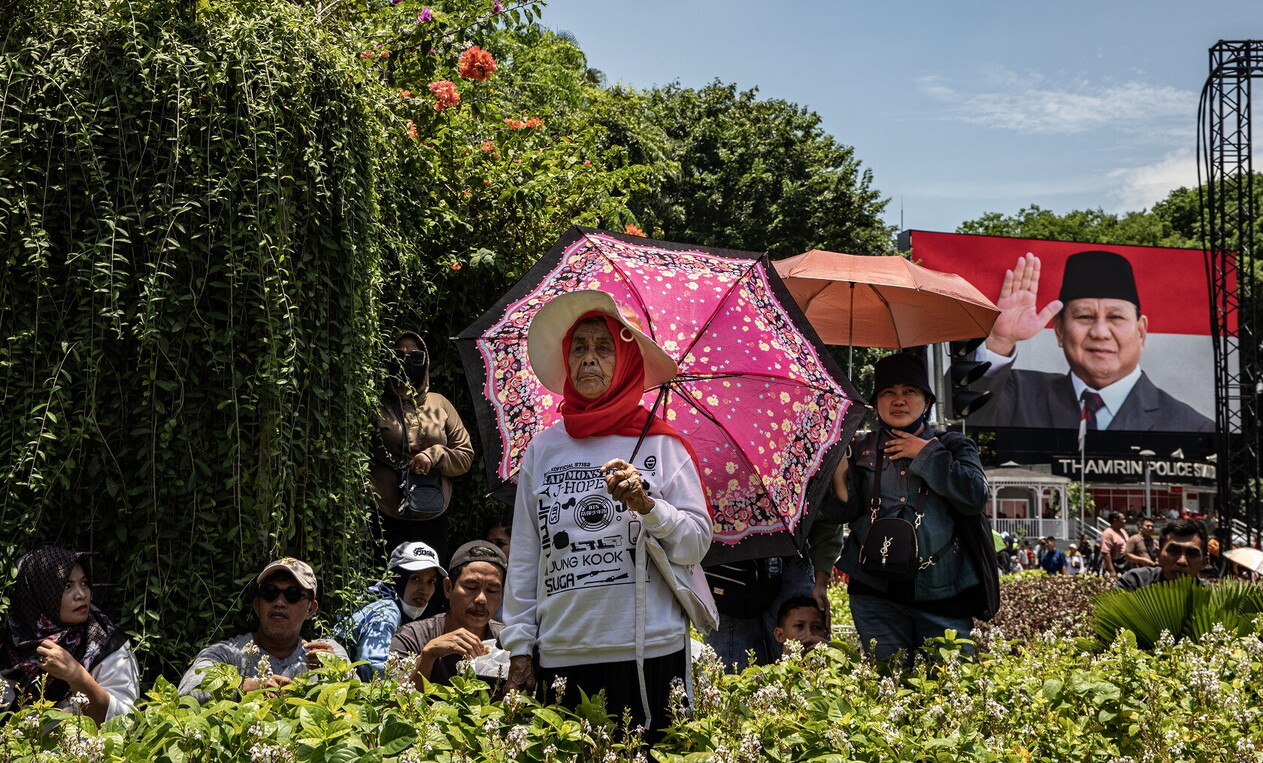
Green transition and oil
In the sign of continuity
In Mexico, Indonesia, Russia, Venezuela, Iran, and Algeria, election outcomes favored the incumbents. However, it is the results of elections in oil-consuming countries, rather than their own, that are poised to shape the energy policies of oil-exporting nations
9 minN
early half of the people on earth live in countries that held national elections in 2024. Over 100 nations—large and small, rich and poor, from north to south—went to the polls, including the world’s most powerful country, the United States, and its most populous, India.
Despite vast differences in size, geography, and economic and political clout, a common pattern emerged: electorates around the world turned against sitting governments, costing incumbents votes and, in many cases, ejecting them from power. Frustrated by high inflation, declining living standards, immigration concerns, and maladministration, voters signaled a clear desire for new policies and new leadership. The call for change was unmistakable.
Only one category of states seemed to buck this trend: major oil exporters. Despite weaker crude prices over the past 18 months and the resulting fiscal pressures, elections in Mexico, Indonesia, Russia, Venezuela, Iran, and Algeria favored incumbent governments or ruling parties—often by wide margins.
Several of these countries are weak democracies, if not outright autocracies, which partly explains this contradictory pattern. In many cases, elections were far from free or fair, with outcomes politically preordained. But even in oil-exporting states with more genuine political contests, voters seemed to prioritize continuity over change. Preserving the benefits of rentierism remains a priority for voting majorities, even at the expense of political freedom.

These election results suggest there will be little domestic pressure for shifts in energy and climate policy within oil-exporting states. Maximizing the monetization of oil and gas resources will remain their top priority. For OPEC and OPEC+ members, short-term market management will stay front and center, especially with signs of weakening fundamentals and projected stock builds in 2025. At the same time, major oil exporters will continue to resist calls for faster energy transitions, stressing the reliability and affordability of hydrocarbons and arguing that energy poverty must take precedence over climate mitigation in the short to medium term.
Elections abroad will test OPEC+ market management
But oil-exporting countries must contend with more than just their own elections. Their ability to achieve policy goals will depend heavily on the outcomes of foreign elections, which could create significant obstacles. Of all the national ballots held this year, Donald Trump’s return to the U.S. presidency is likely to be a particularly consequential factor.
OPEC+’s short-term oil market strategy is likely to face heightened turbulence under Trump’s second term. The group’s output policy is already under strain from political and market uncertainties, and these pressures will intensify if the new U.S. president delivers on his foreign and energy policy pledges. Tougher sanctions on Iran and Venezuela, possible sanctions on Iraq, a loosened embargo on Russia, support for greater U.S. upstream investment, and the threat of new tariffs will complicate OPEC+’s efforts to manage the market. All of this will unfold against a backdrop of heightened geopolitical uncertainty, as the U.S. pivots to a more unilateral approach and the rest of the world adjusts.
Beyond 2025, Trump administration policies are expected to exert downward pressure on crude prices, complicating OPEC+’s balancing act between price stability and market share
Ironically, these new measures could have a bullish, rather than bearish, impact on markets—at least in the short term. The effect will hinge on the severity and sequencing of actions. Aggressive enforcement of restrictions on Iranian, Venezuelan, or Iraqi oil exports would hit global supply far faster than any production increases from the U.S. or Russia, which face investment and operational lead times. Likewise, the drag on oil demand from higher U.S. tariffs or a global trade war would take time to materialize. As a result, OPEC+ may find itself managing price spikes rather than defending a price floor—at least through the first half of next year.
Any respite is likely to be short-lived. Beyond 2025, Trump administration policies are expected to exert downward pressure on crude prices, complicating OPEC+’s balancing act between price stability and market share. The group already faces internal strains over compliance with output targets and demands from key members for quota revisions. These pressures will intensify as global stock builds persist, non-OPEC supply rises, and global demand growth weakens. Such conditions are fertile ground for division within OPEC+ ranks, especially as fiscal pressures mount. While OPEC+ has been counted out before, it has managed to stabilize markets during periods of global turmoil. But with Trump’s policies in play, short-term market management is set to become more complex—and likely more costly.
A murkier competitive environment awaits
Trump’s election is also set to cloud the long-term investment outlook for hydrocarbons, adding uncertainty to the competitive landscape for major oil exporters. His promises to ease restrictions on U.S. oil and gas producers, reopen federal lands for drilling, and pull the U.S. out of the Paris Agreement come at a time when global momentum to confront—and pay for—climate change is already waning. This year’s COP29 summit hinted at a retreat in ambition, with no reference to phasing down fossil fuels in the final communiqué—a notable omission compared to previous COPs.
The result could be a boon for hydrocarbon investment in the United States and other non-OPEC+ countries. Whether this translates into higher global spending on crude production will depend on investors' confidence that this new environment will last beyond the medium term.

For investors, the long-term outlook remains uncertain amid geopolitical and energy upheaval. While the direction of energy transitions seems clear, the pace is not, and the path is likely to be uneven. In the U.S., shifts between Republican and Democratic administrations have produced policy flip-flops on energy and climate, a pattern unlikely to change. In Europe, ambitious green policies are under review as countries seek to boost competitiveness and revive industry. In China, energy security and economic growth goals are driving a push toward renewables, even as fossil fuels remain essential. Meanwhile, surging power demand from the AI sector is spurring investment in new energy solutions from large, cash-rich tech firms.
Easy now, harder later
Major oil exporters may view the slowdown in energy transitions and retreat from collective climate action as a win for their hydrocarbon sectors. But any victory could prove pyrrhic. If extreme weather events worsen and 2030 net-zero targets are missed—as seems likely—more radical climate policies may follow, posing a serious threat to hydrocarbon demand.
While domestic elections may reinforce business-as-usual energy policies, longer-term trends do not
C
onsumption won’t drop overnight. But rising investment in alternative energy could drive faster-than-expected shifts in the energy mix. Oil and gas firms, including state-owned enterprises, will face growing pressure to cut Scope 1 and Scope 2 emissions. These shifts could significantly reshape the competitive landscape for oil exporters—most of whom are ill-prepared for the challenge.
This is the risk for major oil exporters. While domestic elections may reinforce business-as-usual energy policies, longer-term trends do not. Some exporters, like Saudi Arabia and the UAE, are hedging against future challenges by investing in emissions-reduction and carbon-capture technologies, aiming to maintain both the lowest lifting costs and the smallest carbon footprint. But most state-owned oil companies are taking a different path, prioritizing output expansion instead.
In the near term, the global policy environment may validate this investment strategy, especially if private-sector firms face constraints on upstream capital allocation. But beyond that, disregarding long-term demand risks will pose growing threats to investment and the revenue streams that major oil exporters rely on. In a world of declining hydrocarbon consumption, not all companies will survive. For some, including certain state-owned firms, business-as-usual today could mean no business at all tomorrow

